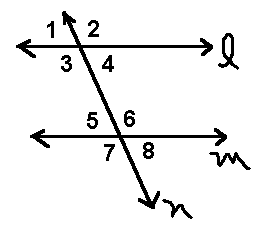1. A right triangle has legs of 15 cm and 8 cm. Find the longest side. Formula a² + b² = c²
2. Solve for x: 3x + 5 = 20, and Solve for y: 9y - 15 = 52
3. Find the surface area and volume of a rectangular prism; L= 10mm, W= 8mm, H= 7mm
4. Find the supplement of each angle. a) 65 degrees, b) 90 degrees, c) 100 degrees, d) 55 degrees
5. What is the surface area and volume for a pyramid; L= 13 in., W= 13 inches, and H= 9 inches.
Formulas for square pyramid: V=⅓ x L x W x H, SA= (L x W) + 4 x (½ x L x slant height);
Slant height, a² + b² = c², (½ x length)² + (height)² = c²
6. Find the volume of a cone. Height 26 feet, Radius 15 feet, Formula for cone: ⅓ x π x r² x height
7. Find volume and surface area of cylinder. Radius 3 cm, Height 15 cm,
Formula for cylinder V= π x r² x height, SA = 2 x π x r² + 2 x π x r x h
8. Find the area of the similar figures. The ratio of similar figures is 3 m = 12 cm. The larger triangle has a base of 3 m, height 4 m.
Formula: Area of triangle ½ x b x height. Ratio of Similar figures is squared for area
9. Find the perimeter of the similar triangles. The ratio of similar figures is 15 inches = 3 feet. The smaller triangle has sides of 15 in, 24 in, and 9 in.
10. Find the missing angles from the picture below. Angle 1 = 75 degrees. Angle 2=___,
Angle 3=___, Angle 4= ___, Angle 5 = ___, Angle 6= ___, Angle 7= ____, Angle 8 =____

